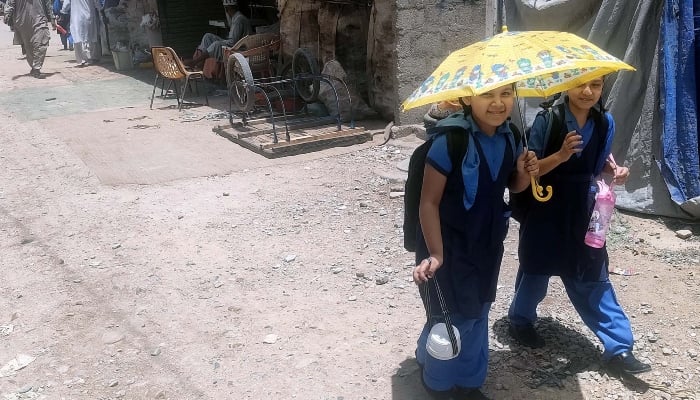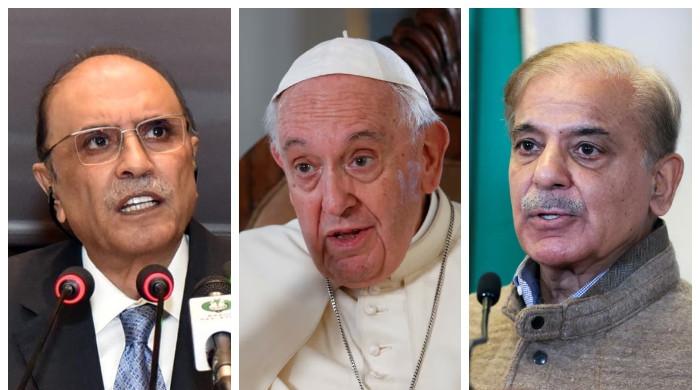Over 100,000 schools in Sindh remain closed due to heat
Pakistan is increasingly vulnerable to extreme weather conditions resulting from climate change
July 25, 2024

- Pakistan highly vulnerable to extreme weather conditions.
- Scores of Sindh areas experience power cuts up to 12 hours.
- As per govt, 26mn children out of school due to poverty.
School summer holidays will be extended by two weeks in Sindh because of high temperatures, affecting more than 100,000 schools, a provincial education official said Tuesday.
Pakistan is increasingly vulnerable to extreme weather conditions resulting from climate change, including heatwaves that are hotter and more frequent and monsoons that are heavier and longer.
"We decided to close schools for an additional 14 days for the children’s well-being," Atif Vighio, a spokesperson at the Sindh education department told AFP.
Planned power cuts, also known as load-shedding, happen frequently in the country because of an ongoing power supply crisis.
The load-shedding varies from city to city, but in rural areas of Sindh they can last for more than 12 hours a day, leaving schools without fans.
"As a teacher, I am worried about how I will complete the curriculum, but as a mother, I am concerned about kids going to school in this heat," a public school teacher told AFP, asking for her name not to be used.
"It is the load-shedding we are worried about, not just the heat."
The government has said more than 26 million children are out of school due to poverty.
Pakistan struggled through a series of heatwaves in May and June, with temperatures peaking at more than 50°C (122°F) in parts of rural Sindh.
Authorities in Punjab, the country’s most populous province, started summer vacations in May one week early to protect children from the searing heat.
The UN children’s agency UNICEF said more than three-quarters of children in South Asia — or 460 million — are exposed to temperatures above 35°C (95°F) for at least 83 days per year.
Despite contributing less than 1% to global greenhouse gas emissions, Pakistan has experienced severe weather-related disasters in recent years due to changing weather patterns.











